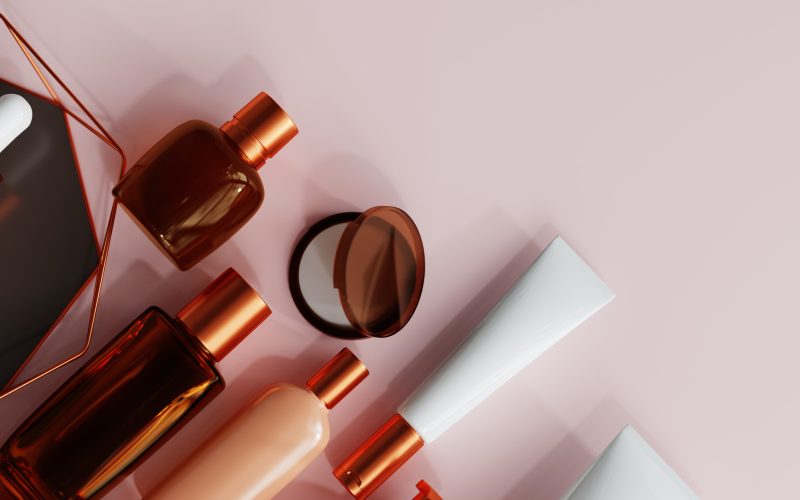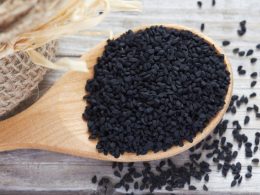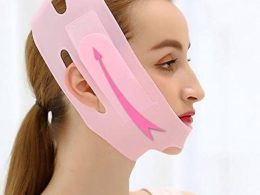Introduction:
In today’s beauty-obsessed society, the pursuit of flawless skin, luscious hair, and picture-perfect makeup looks has become an expensive endeavor. From high-end skincare products to luxurious makeup brands, the beauty industry thrives on enticing consumers with promises of youthfulness and beauty. However, many individuals find themselves overspending on beauty without fully understanding the reasons behind their excessive expenditure. In this in-depth analysis, we dissect the factors that contribute to overspending on beauty and provide practical solutions for a more mindful and budget-conscious approach.
1. The Influence of Advertising and Social Media:
The beauty industry spends billions of dollars on advertising and influencer marketing campaigns to create a sense of urgency and desire among consumers. Flawless celebrity endorsements and carefully curated social media posts can create an illusion of necessity, leading individuals to splurge on products they may not actually need. Understanding the impact of advertising and social media influence is crucial in combating overspending.
2. The Price of Perception:
Luxury beauty brands often command higher price tags due to their association with quality, prestige, and exclusivity. Consumers may feel compelled to purchase these products to project a certain image or to keep up with societal standards. However, it’s important to question whether the perceived status and prestige of high-end beauty products truly justify their inflated prices.
3. The Psychology of Packaging:
The packaging of beauty products plays a significant role in consumer perception and purchasing decisions. Elaborate and visually appealing packaging can create a sense of luxury and desirability. However, consumers must recognize that they may be paying for the packaging itself, rather than the actual product inside. Being mindful of packaging and prioritizing substance over style can help curb overspending.
4. The Allure of Limited Editions and Trendy Releases:
Beauty brands often release limited edition collections and trendy products that generate excitement and a fear of missing out among consumers. The desire to be on-trend and own the latest releases can lead to impulsive and unnecessary purchases. Developing a discerning eye and resisting the urge to constantly chase after the newest beauty fads can help individuals avoid overspending.
5. The Value of Research and Education:
Understanding the ingredients, formulation, and efficacy of beauty products is essential in making informed purchasing decisions. Conducting thorough research, reading reviews, and seeking professional advice can help consumers differentiate between marketing hype and actual product value. By investing time in education and understanding, individuals can identify products that genuinely deliver results without breaking the bank.
Conclusion:
Overspending on beauty is a common pitfall in today’s consumer-driven culture. By recognizing the influence of advertising and social media, questioning the price of perception, being mindful of packaging, resisting the allure of limited editions, and prioritizing research and education, individuals can regain control over their beauty spending habits. A more conscious and budget-conscious approach to beauty will not only save money but also foster a healthier and more fulfilling relationship with the products we choose to invest in. Remember, beauty is not solely defined by price tags but by the confidence and self-expression it brings.












